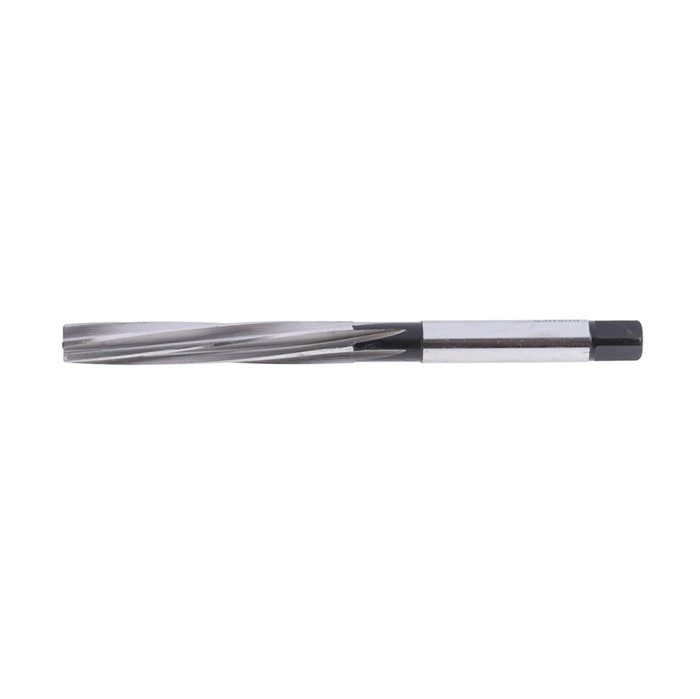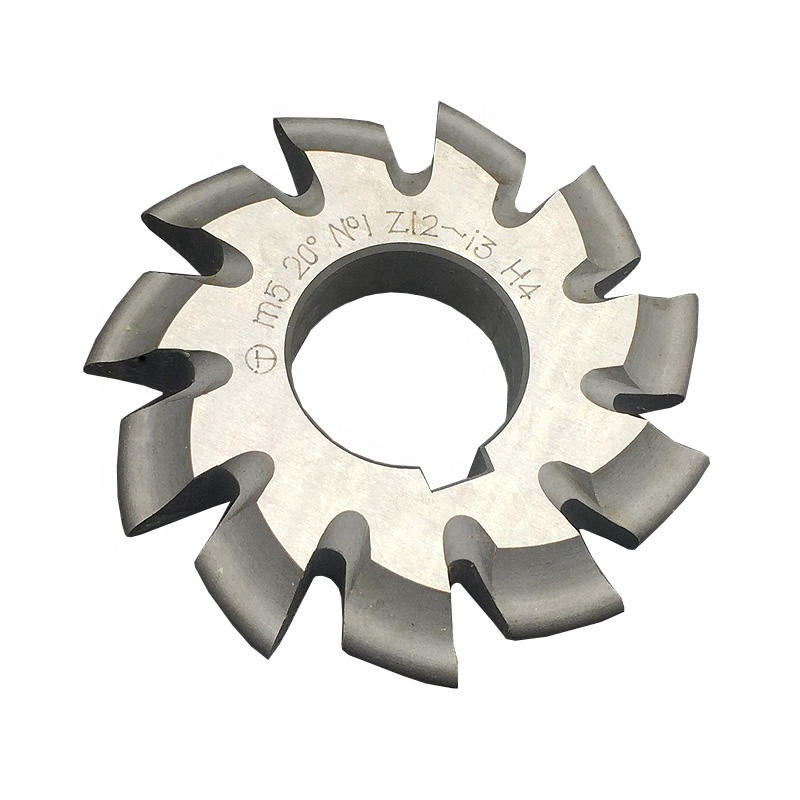High-Quality Solid Carbide Drill Bit
Solid carbide drill bits are essential tools for creating precise and clean holes in a variety of materials. Choosing the right high-quality solid carbide drill bit can significantly impact the efficiency and quality of your work. This guide explores the key features, applications, and selection criteria for high-quality solid carbide drill bits, ensuring you make the best choice for your specific needs. Wayleading Tools provides premium options to consider.
Understanding Solid Carbide Drill Bits
What is Solid Carbide?
Solid carbide is a composite material made from tungsten carbide particles bonded together by a metallic binder, typically cobalt. This material offers exceptional hardness, wear resistance, and heat resistance compared to high-speed steel (HSS) and other materials. This makes solid carbide drill bits ideal for demanding applications.
Advantages of Solid Carbide Drill Bits
- High Hardness: Allows for drilling through hard materials like hardened steel, cast iron, and abrasive composites.
- Wear Resistance: Extends the lifespan of the drill bit, reducing the need for frequent replacements.
- Heat Resistance: Maintains cutting performance at high temperatures, preventing deformation and premature failure.
- Precision: Provides accurate hole sizes and smooth finishes.
- Versatility: Suitable for a wide range of materials and applications.
Applications of High-Quality Solid Carbide Drill Bits
Metalworking
In metalworking, high-quality solid carbide drill bits are used for drilling holes in various metals, including:
- Steel: Carbon steel, alloy steel, stainless steel, and hardened steel.
- Aluminum: Aluminum alloys, known for their lightweight and machinability.
- Cast Iron: Gray cast iron, ductile iron, and other types of cast iron.
- Titanium: Titanium alloys, often used in aerospace and medical applications.
These drill bits are essential for manufacturing, fabrication, and repair processes where precision and durability are critical. Contact Wayleading Tools for more information.
Aerospace
The aerospace industry relies heavily on high-quality solid carbide drill bits for drilling holes in aircraft components made from materials like aluminum, titanium, and composites. The precision and reliability of these drill bits are crucial for ensuring the structural integrity of aircraft.
Medical
In the medical field, solid carbide drill bits are used to manufacture surgical instruments and implants. The high precision and biocompatibility of these drill bits are essential for ensuring the safety and effectiveness of medical devices.
Electronics
Solid carbide drill bits are used in the electronics industry for drilling small and precise holes in printed circuit boards (PCBs) and other electronic components. The accuracy and consistency of these drill bits are vital for the proper functioning of electronic devices.
Factors to Consider When Choosing a High-Quality Solid Carbide Drill Bit
Material
The type of material being drilled is a primary consideration when selecting a solid carbide drill bit. Different materials require different cutting geometries and coatings. For example, drilling stainless steel requires a drill bit with a high cobalt content and a specialized coating to prevent work hardening. Consider the hardness and abrasiveness of the material to choose the appropriate drill bit.
Coating
Coatings enhance the performance and lifespan of solid carbide drill bits. Common coatings include:
- Titanium Nitride (TiN): Increases hardness and wear resistance.
- Titanium Carbonitride (TiCN): Provides even greater hardness and wear resistance than TiN.
- Aluminum Titanium Nitride (AlTiN): Offers excellent heat resistance and is ideal for high-speed machining.
- Diamond-Like Carbon (DLC): Reduces friction and prevents built-up edge (BUE).
Choose a coating that is appropriate for the material being drilled and the machining conditions.
Geometry
The geometry of the drill bit affects its cutting performance and chip evacuation. Key geometric features include:
- Point Angle: The angle of the cutting edge. A smaller point angle is suitable for drilling softer materials, while a larger point angle is better for harder materials.
- Helix Angle: The angle of the flutes. A higher helix angle provides better chip evacuation in deep holes.
- Flute Design: The shape and number of flutes affect chip evacuation and cutting efficiency.
Size and Length
Select the appropriate size and length of the solid carbide drill bit based on the desired hole size and depth. Shorter drill bits are more rigid and provide better accuracy, while longer drill bits are necessary for deep holes.
Tolerance
Tolerance refers to the acceptable range of variation in the drill bit's dimensions. High-precision applications require drill bits with tight tolerances to ensure accurate hole sizes. Look for drill bits that meet industry standards for tolerance, such as ISO or ANSI.
Types of Solid Carbide Drill Bits
Jobber Length Drill Bits
Jobber length drill bits are the most common type of drill bit. They are versatile and suitable for a wide range of applications. Their length provides a good balance between rigidity and reach.
Stub Length Drill Bits
Stub length drill bits are shorter than jobber length drill bits, making them more rigid and less prone to deflection. They are ideal for drilling shallow holes or when working in confined spaces.
Long Length Drill Bits
Long length drill bits are designed for drilling deep holes. They have a longer flute length to facilitate chip evacuation. It is important to use proper drilling techniques and coolant to prevent overheating and breakage when using long length drill bits.
Spotting Drill Bits
Spotting drill bits are used to create a pilot hole before drilling a larger hole. They have a short, rigid design and a sharp point that accurately locates the center of the hole. Using a spotting drill bit can improve accuracy and prevent drill bit wandering.
Proper Usage and Maintenance
Speed and Feed Rates
Using the correct speed and feed rates is crucial for maximizing the performance and lifespan of solid carbide drill bits. Refer to the manufacturer's recommendations for specific materials and drill bit sizes. Generally, harder materials require lower speeds and feed rates. Excessive speed or feed can lead to overheating, breakage, and poor hole quality.
Coolant
Coolant helps to dissipate heat, lubricate the cutting edge, and flush away chips. Using coolant is especially important when drilling hard materials or deep holes. Choose a coolant that is appropriate for the material being drilled. Common coolants include water-soluble oils, synthetic coolants, and cutting oils.
Drill Bit Sharpening
Dull drill bits can cause poor hole quality and increased tool wear. Sharpening solid carbide drill bits requires specialized equipment and expertise. Consider using a professional sharpening service or investing in a drill bit sharpener if you frequently use solid carbide drill bits.
Storage
Proper storage can prevent damage and extend the lifespan of solid carbide drill bits. Store drill bits in a dry, organized location to prevent corrosion and accidental damage. Use drill bit holders or cases to protect the cutting edges.
Troubleshooting Common Issues
Drill Bit Breakage
Drill bit breakage can occur due to several factors, including excessive speed or feed, insufficient coolant, incorrect drill bit selection, or work hardening. Reduce the speed and feed rates, ensure adequate coolant flow, and select the appropriate drill bit for the material being drilled. Consider using a peck drilling technique to break up chips and reduce the load on the drill bit.
Poor Hole Quality
Poor hole quality can manifest as burrs, rough surfaces, or inaccurate hole sizes. Ensure that the drill bit is sharp, the speed and feed rates are appropriate, and the workpiece is securely clamped. Use a spotting drill bit to accurately locate the center of the hole. Consider using a reamer to improve hole finish and accuracy.
Work Hardening
Work hardening occurs when drilling certain materials, such as stainless steel, causing the material to become harder and more difficult to cut. Use a solid carbide drill bit with a high cobalt content and a specialized coating to prevent work hardening. Apply constant pressure and avoid dwelling or stopping the drill bit during the drilling process.
Conclusion
Selecting the right high-quality solid carbide drill bit is essential for achieving precise and efficient drilling results. By understanding the factors discussed in this guide, you can make an informed decision and choose a drill bit that meets your specific needs. Remember to consider the material being drilled, the coating, geometry, size, and tolerance of the drill bit. Proper usage and maintenance are also crucial for maximizing the performance and lifespan of solid carbide drill bits. Explore Wayleading Tools for a selection of premium high-quality solid carbide drill bits designed for optimal performance.
Wayleading Tools Co., Ltd. is committed to providing high-quality cutting tools and solutions for various industries. With over 10 years of experience in the tooling industry, we have built a reputation for excellence in product quality and customer service. Visit www.wayleading.com to learn more about our products and services.
Related products
Related products
Best selling products
Best selling products-
 Precision Monoblock Vernier Caliper With Nib Style & Standard Style Jaws Of Metric & Imperial For Industrial
Precision Monoblock Vernier Caliper With Nib Style & Standard Style Jaws Of Metric & Imperial For Industrial -
 ANSI B94 HSS Jobber Length Drill Bits Fully Ground
ANSI B94 HSS Jobber Length Drill Bits Fully Ground -
 HSS Keyway Broach With Metric And Inch Size, Push Type
HSS Keyway Broach With Metric And Inch Size, Push Type -
 M42 Bi-Metal Bandsaw Blades For Industrial Type
M42 Bi-Metal Bandsaw Blades For Industrial Type -
 CNMG & CNMM Turning Insert For Indexable Turning Tool Holder
CNMG & CNMM Turning Insert For Indexable Turning Tool Holder -
 F1 Precision Boring Head With Metric & Inch
F1 Precision Boring Head With Metric & Inch -
 5C Square Collet With Inch and Metric Size
5C Square Collet With Inch and Metric Size -
 Electronic Digital Height Gauge From 300 to 2000mm
Electronic Digital Height Gauge From 300 to 2000mm -
 Precision Dial Indicator Gage For Industrial With Jeweled
Precision Dial Indicator Gage For Industrial With Jeweled -
 HSS Inch Hand Reamer With Straight Or Spiral Flute
HSS Inch Hand Reamer With Straight Or Spiral Flute -
 DIN333A HSS Center Drills With Milled & Fully Ground Flute
DIN333A HSS Center Drills With Milled & Fully Ground Flute -
 Indexable Square Shoulder End Mill For Industrial
Indexable Square Shoulder End Mill For Industrial











